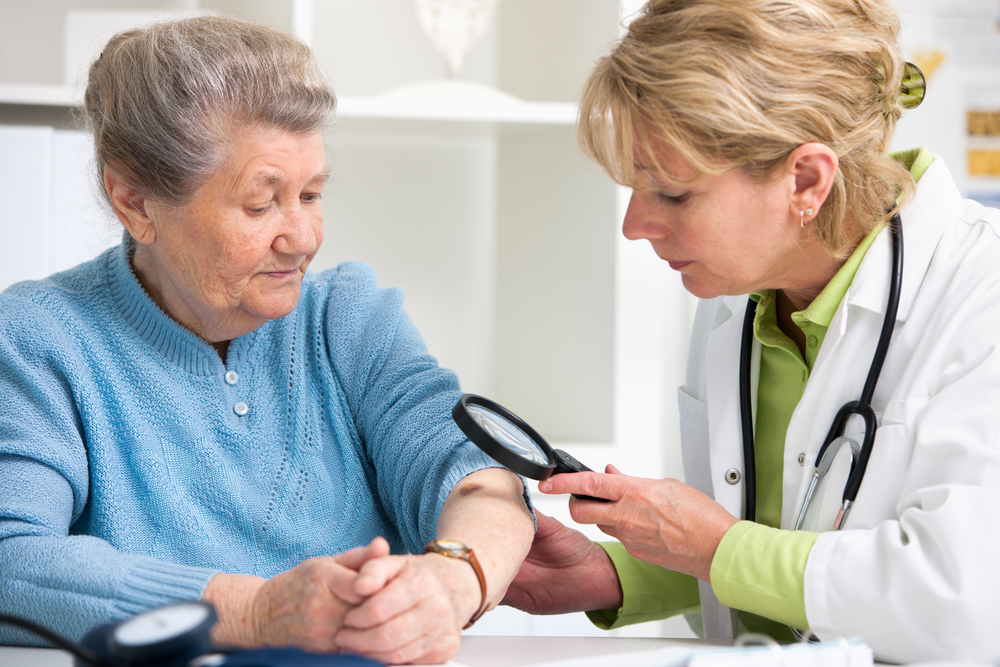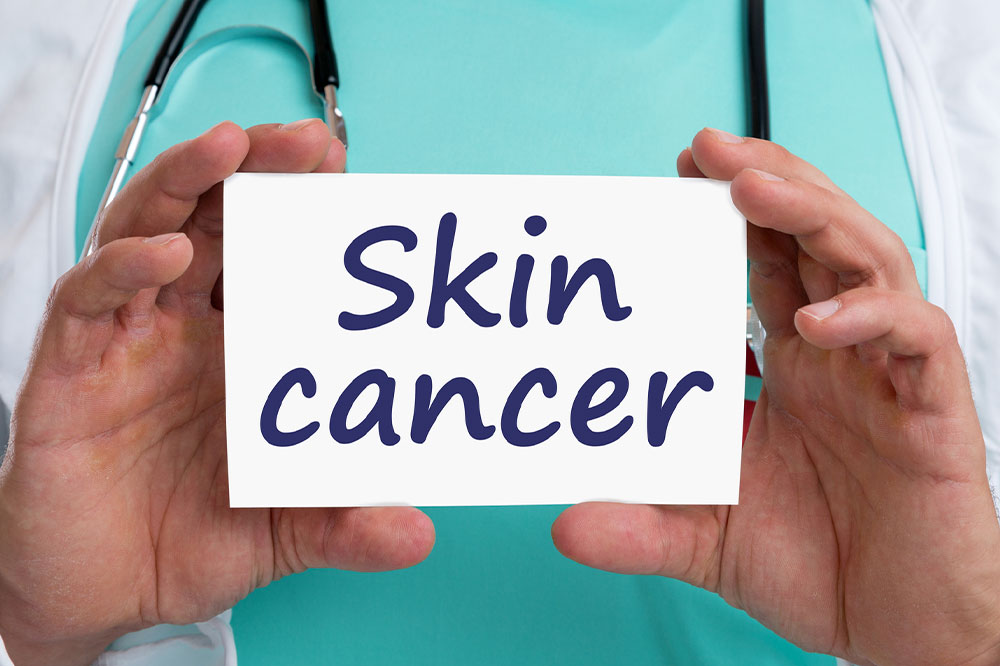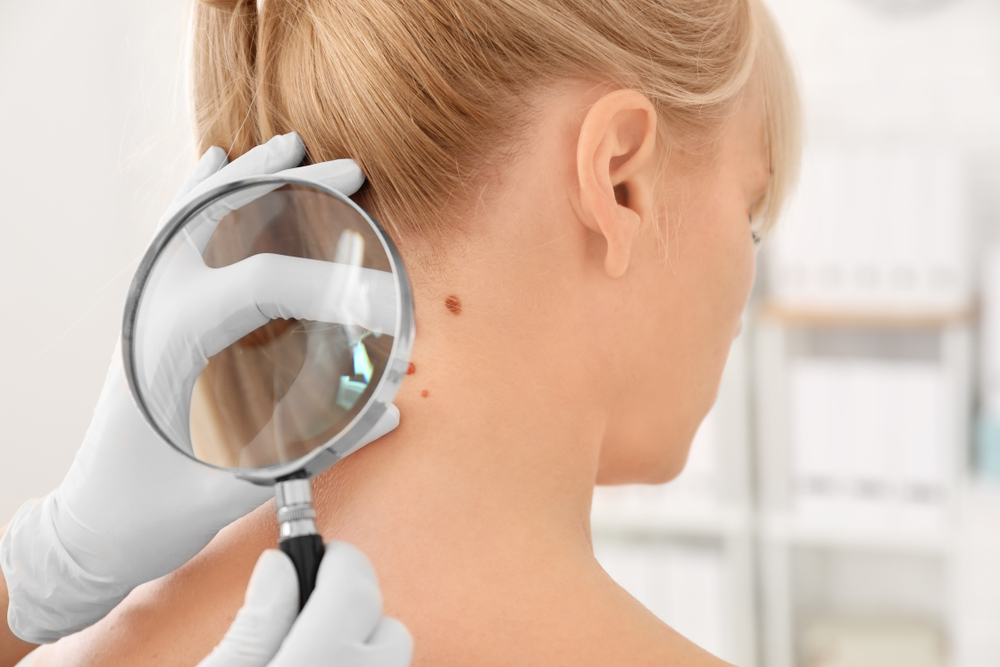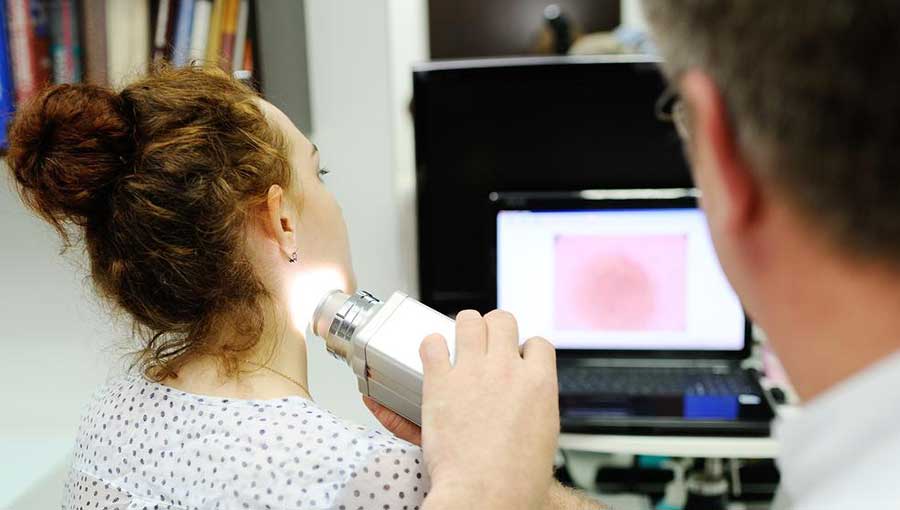Comprehensive Guide to Early Detection of Skin Cancer: FAQs and Expert Insights
This comprehensive guide dives deep into the essentials of early skin cancer detection. It covers risk factors, signs to watch for, self-examination techniques, and differentiates between the main types of skin cancer. Regular skin checks and prompt medical consultation are emphasized as key strategies to catch skin cancer early. Understanding these critical aspects поможет you take proactive steps to protect your skin health, reduce risks, and ensure timely treatment if necessary. Empower yourself with knowledge and stay vigilant for healthier skin.

Comprehensive Guide to Early Detection of Skin Cancer: FAQs and Expert Insights
Skin cancer remains one of the most common and potentially dangerous forms of cancer worldwide. Its rising incidence underscores the importance of understanding the risk factors, early signs, and preventive measures to catch this disease at an early stage. Early detection not only improves the chances of successful treatment but can also significantly reduce the risk of serious health complications or fatalities. This detailed guide aims to answer the most frequently asked questions about skin cancer, including how to identify risk factors, perform self-examinations, and distinguish between different types of skin cancer. Educating yourself about these aspects empowers you to take proactive steps in safeguarding your skin health.
What Are the Primary Risk Factors for Skin Cancer?
Extended exposure to ultraviolet (UV) radiation from the sun or artificial sources like tanning beds is the leading cause of skin cancer. Individuals with fair skin, light-colored eyes, and hair are more susceptible, especially those living in regions with high sun intensity near the equator.
Skin types with low melanin provide less natural protection against UV rays, increasing vulnerability. People with blonde, red, or light brown hair and blue or hazel eyes are at a heightened risk.
Occupations or hobbies that involve prolonged outdoor activity or exposure to sun without adequate protection can escalate risk levels. Additionally, exposure to carcinogenic chemicals or high levels of radiation at work can also contribute.
A weakened immune system, caused by illnesses, certain medications, or conditions like HIV/AIDS, can make individuals more prone to developing skin cancer.
Age is a significant factor—older adults are more likely to develop skin cancer due to cumulative sun exposure over the years and changes in skin cell repair mechanisms.
How Is Skin Cancer Diagnosed?
If you notice any unusual skin changes, it is crucial to consult a healthcare professional promptly. The diagnosis process typically begins with a thorough skin examination where the doctor looks for suspicious moles, spots, or lesions that deviate from normal skin appearance.
Monitoring your skin for persistent or changing moles, patches, or growths is vital. Keep note of any alterations in color, shape, size, or texture of spots on your skin.
To confirm the diagnosis, a dermatologist may perform a skin biopsy — removing a small tissue sample from the suspicious area for microscopic examination. This step helps determine whether the lesion is benign or malignant and identifies the specific type of skin cancer.
Can You Self-Check for Skin Cancer?
Performing regular self-examinations is an effective way to catch early signs of skin cancer. Use a mirror to inspect all accessible parts of your body, including areas prone to sun exposure such as arms, legs, face, neck, and ears.
Don’t forget to check less visible regions like the scalp, behind the ears, between fingers and toes, and the soles of your feet. Using a handheld mirror can help access hard-to-see areas.
Keep a reference chart or take photographs of your moles and skin spots to track any changes over time. If you notice any new growths, spots that are irregular in shape, uneven in color, or that change size or appearance, schedule a consultation with a healthcare professional promptly.
How to Differentiate Between Types of Skin Cancer During Self-Examination?
Understanding the key differences between the main types of skin cancer—Melanoma, Basal Cell Carcinoma, and Squamous Cell Carcinoma—can improve early recognition and prompt professional diagnosis.
Melanoma: This is the most aggressive and dangerous form of skin cancer. It typically appears as a new or changing mole with dark pigmentation. Melanomas often have irregular borders, multiple colors, and may bleed or crust. They can develop rapidly and metastasize if not treated promptly. Recognizing the ABCDEs of melanoma (Asymmetry, Border irregularity, Color variation, Diameter over 6mm, Evolution) is crucial during self-exams.
Basal Cell Carcinoma: The most common type, usually less deadly but can cause local tissue damage. It often presents as a shiny, translucent bump, a pink or pearly patch, or a sore that heals and then reopens. These lesions are typically found in sun-exposed areas like the face and neck and tend to grow slowly.
Squamous Cell Carcinoma: This type appears as a firm, red, scaly patch or sore that may crust or bleed over time. It often develops in sun-damaged skin and tends to grow more quickly than basal cell carcinoma. It is more common in adults over the age of 50 and requires early treatment to prevent spread.
Visual aids, such as photographs and diagrams, can be valuable for comparison during self-exams. Always seek professional medical evaluation for any suspicious skin changes, as early intervention plays a vital role in successful treatment outcomes.





